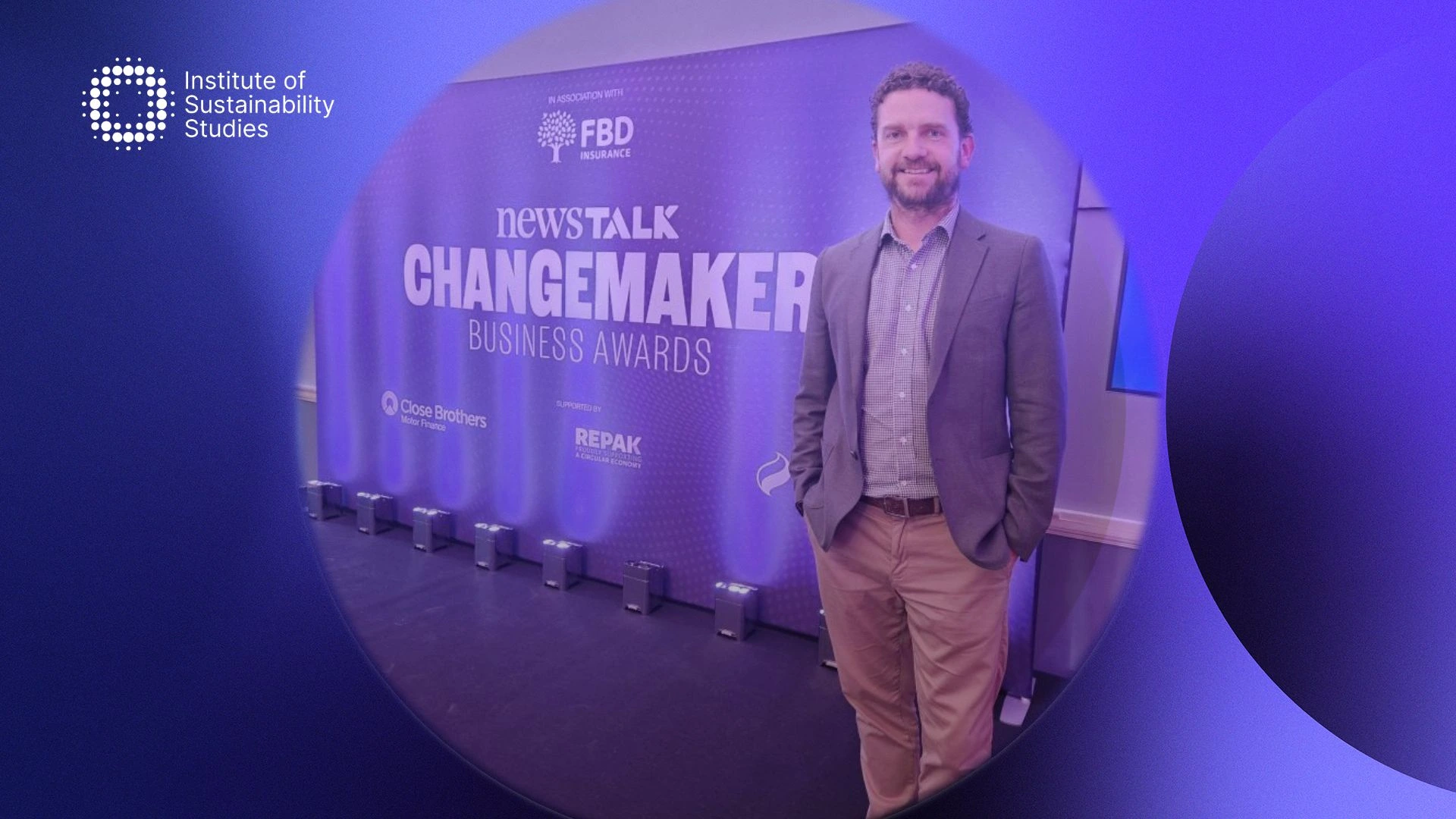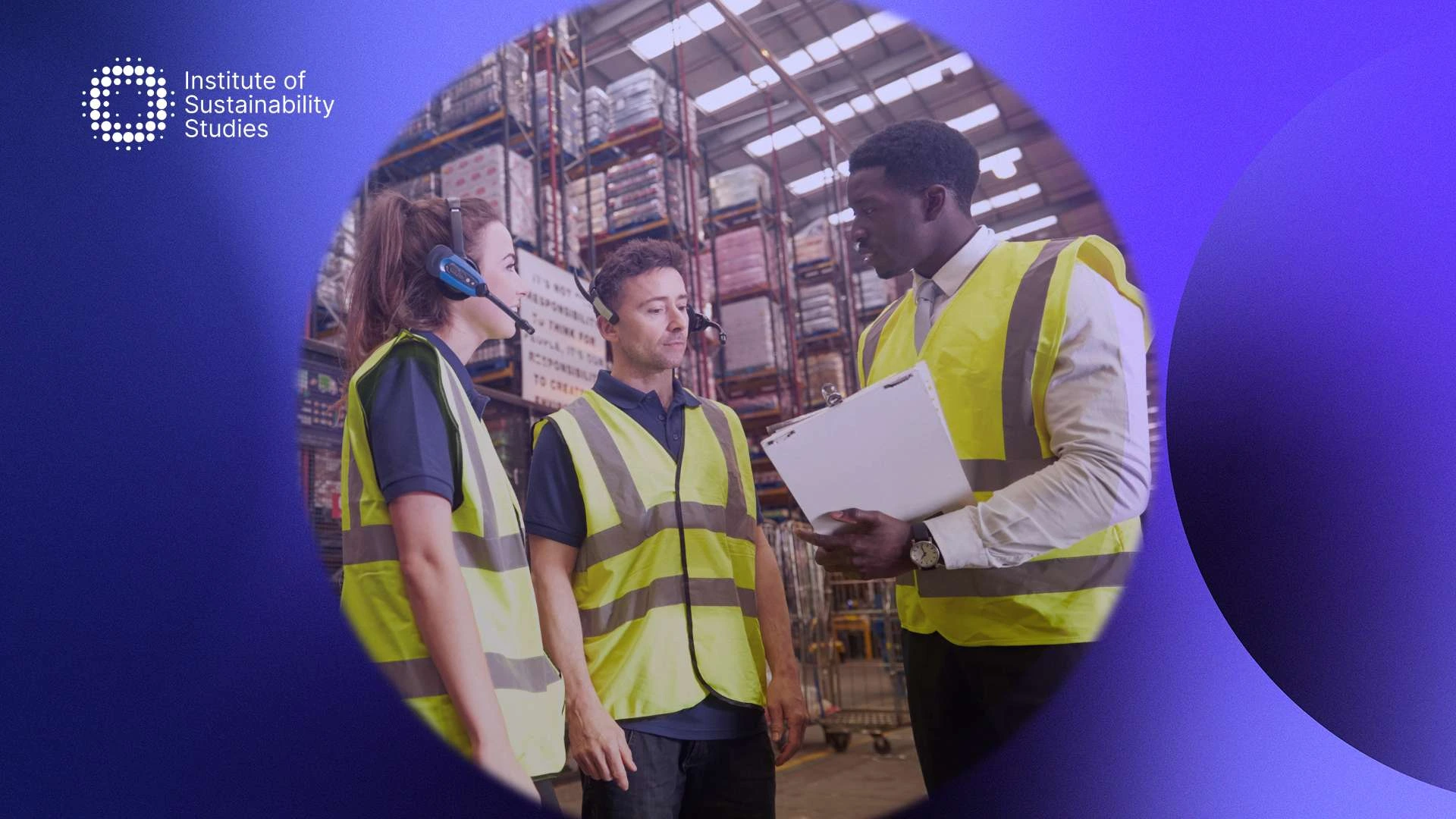Companies across the globe realise how important it is to educate their vendors and suppliers about sustainability and ESG matters. Things like transparency, creating a positive workplace environment, and supply chain traceability is increasingly important in the current climate.
While your vendors and suppliers are not internal members of your business, it is still important to work with organisations that are addressing climate change and sparking positive change. But how do you educate these individuals when they do not work for you directly?
What are the best ways to engage them on environmental issues? Continue reading as we delve into the importance of doing so and how to approach this.
The importance of educating vendors and suppliers about sustainability
According to the World Economic Forum, supply chains are responsible for up to 90 percent of consumer companies’ environmental impact and emissions. With pressure mounting on businesses to act on sustainability, the supply chain is an important area to look at. Enhancing supply chain management professionals’ capabilities and skills in ESG is one way to improve sustainability and boost business productivity for sure.
Supply chain sustainability is a great place to start when it comes to building a more eco-friendly business. It is also a popular place to begin due to the many benefits supply chain sustainability brings to a business. A McKinsey report shares that consumer businesses have discovered their supply chains hold the greatest opportunities for breakthroughs in sustainable performance.
These opportunities go beyond the advantages of an ethical supply chain and help you create real value for your enterprise, customers, and your suppliers. These practices are great for the environment and people living on it, but they also greatly support business growth. Focusing on supply chain sustainability delivers tangible results and can offer a positive stimulus for action in other areas of the business.
Some of these benefits are, of course, reduced environmental impact, which is usually the core objective of supply chain sustainability. In addition, better continuity of supply thanks to creating a more robust and diverse supply chain. In addition, greater business efficiency which can bring down operating costs, improve organisational reputation, and provide more opportunities to expand and win business.
Having a sustainable supply chain can also improve talent attraction and retention and increase employee satisfaction. Most importantly, better risk mitigation throughout your supply chain. Enhancing supply chain sustainability means you must carry out frequent risk assessments and put measures in place that identify and monitor potential risks. This can only help when growing a business.
Suppliers and vendor engagement on sustainability and ESG
A company may think they have a minimal carbon footprint, but its actions can influence the behaviours of other stakeholders. This establishes a business environment that drives long-term growth. Below are our top tips for vendor and supplier engagement on sustainability and ESG.
Encourage them to determine their environmental footprint
Before anything else, you need to encourage suppliers and vendors to determine their environmental footprint. This will enable you to pinpoint supplier risks and align your values with your value chain and suppliers. However, this can be tricky to do, particularly with digital products and service vendors. In this regard, you should try to engage vendors about environmental and social issues.
For instance, how they treat their workforce, if they measure their carbon impact, and how much all of this impacts your business. This may seem like a daunting task, but it’ll give you a better idea of how green your supply chain is. Then, you can make improvements to make your supply chain even more sustainable.
Map out and prioritise the suppliers you wish to work with
Most businesses will have a clear view of both their Tier 1 and Tier 2 suppliers. It is vital, to begin with, a good data baseline on your supply chain. Think about who your most strategic and largest suppliers are. In addition, who have you been working with for the longest and who is responsible for environmental and sustainability compliance at every supplier?
You need to understand what ESG, sustainability risk, and social compliance audits and assessments have been carried out thus far if any at all. In your business, you may be working with thousands of vendors and suppliers, but value chain engagement on sustainability is an essential exercise to prioritise. Begin with your most vital relationships and build momentum and capacity with those partners. From there, scale those best practices to your other supplier relationships via policies, standards, and programmes.
Begin with an ESG or baseline sustainability survey
If you have yet to do this, a great place to start on your supply chain sustainability journey is doing an ESG or baseline sustainability survey. Meet with your suppliers and conduct the survey to get all the insights and data you need on their environmental footprints, operations, facilities, and business practices.
Tell them why you need this data and begin to establish an evidence-based baseline for your top suppliers. This will give you all the information you need to start to improve your supply chain sustainability.
Discover the environmental hotspots within your supply chain
The next step is determining the environmental hotspots within your supply chain and connecting them with certain suppliers. Think about the processes that account for the largest impact. For instance, it could be the raw materials you use to produce your products.
Then, connect these hotspots to the suppliers within the process. Often a small number of suppliers are responsible for a great deal of impact within your supply chain. So think about their production processes and begin to engage with your hotspot suppliers to make your operations more eco-friendly.
Discover opportunities to create shared value with suppliers
Once you have determined the impact your suppliers have and begun to engage with hotspots, you need to sit down with your suppliers. During this conversation, you should be brainstorming ways for you both to improve. The aim is to create shared value for all parties. Think about what your suppliers could do to become more sustainable and the benefits of doing exactly that.
The business case for going green is very clear. Sustainability helps the planet, boosts profits, and assists you with reaching new audiences, to name a few advantages. Think about what business opportunities they could get out of working with you on becoming more eco-friendly. You may have to alter the advantages you share to suit their specific business model.
Remember to be fully transparent and empathetic
The bigger your sourcing and procurement operations, the greater influence you will have amongst your suppliers. In saying that, if you are toward the beginning of your supply chain sustainability journey, you should try and be as transparent with your vendors and suppliers as possible.
You must explain to them why you are taking action and exactly how these actions are important to your business. Moreover, explain how they will benefit the supplier, too and the priorities where you need specific additional engagement from your supplier and why. You need to communicate with them and find common ground to ensure the long-term growth and stability of their business and yours.
Set targets so you can measure the success of your collaboration
Another great way to engage vendors and suppliers about sustainability is to set targets so you can measure the success of your partnership. You have agreed with your suppliers on a reduction strategy that is based on shared value. So the next logical step is to start setting up some suitable sustainability key performance indicators (KPIs).
These targets will enable both you and your suppliers to monitor progress and track performance. From here, you should determine a common baseline. It is really important you comprehend the actions that will assist you in achieving these KPIs. This is what will allow you to monitor them efficiently.
Monitor, monitor, monitor
Once you have implemented all of the above steps, there is one thing left to do, and that is monitor, monitor, and monitor! Becoming a sustainable business is a journey with ups and downs. Sometimes you pivot one way only to need to innovate the other way. The monitoring will allow you to spot what is working and what is not so you can reach your desired outcomes faster.
You should set up some kind of monitoring process. This can be done by using your supply chain targets and continuously monitoring your downstream and upstream environmental impact. You should reflect on whether the sustainable practices you have incorporated are effective. In addition, steer your green strategy as needed and look for other potential new opportunities for further improvement and acceleration.
Summary
Empowering your suppliers to enhance their knowledge and skills is likely to improve their sustainability performance. Similar to most areas of sustainability, this requires a tiered approach and a long-term outlook. Building a shared business case is sure to help you efficiently engage your vendors and suppliers on all things sustainability.
The ultimate goal is to create a partnership where both parties do their part to help the planet and experience business growth. In addition, tracking and monitoring success at each stage of the process so you can innovate when necessary for further improvement.










